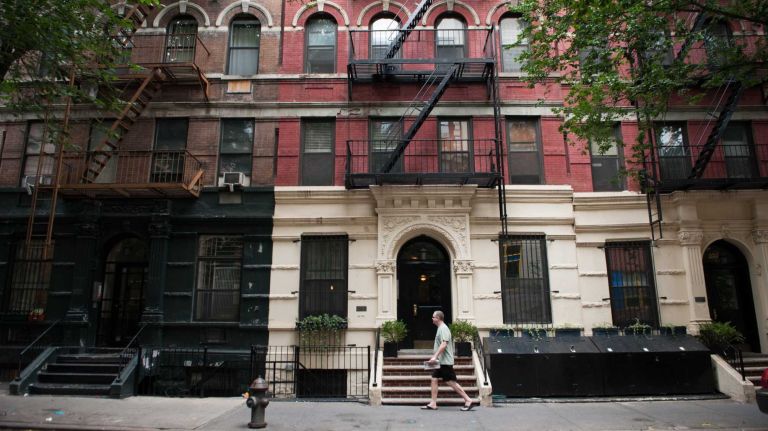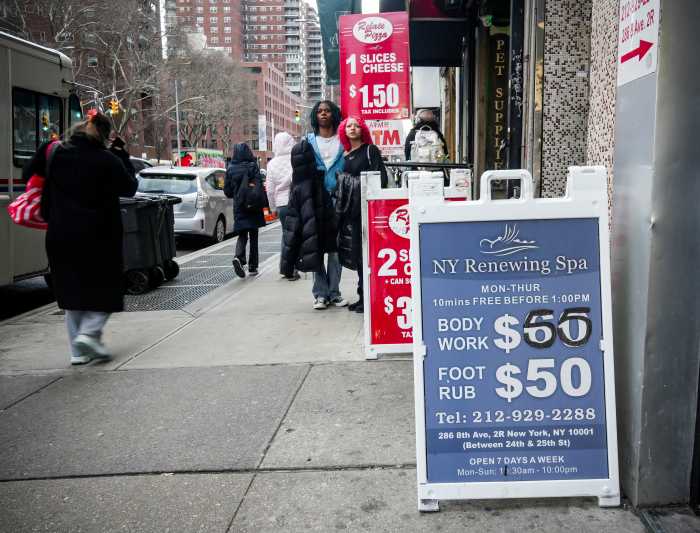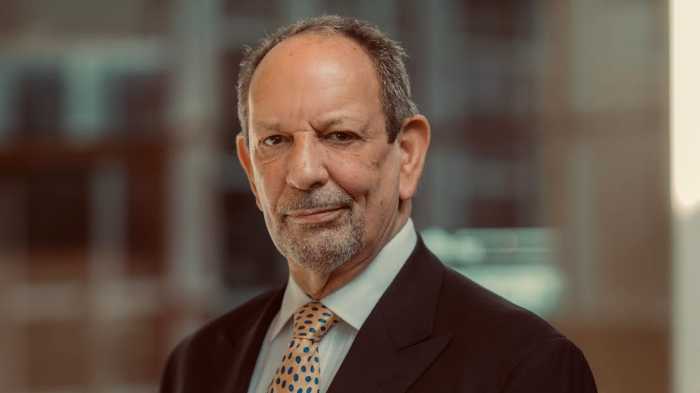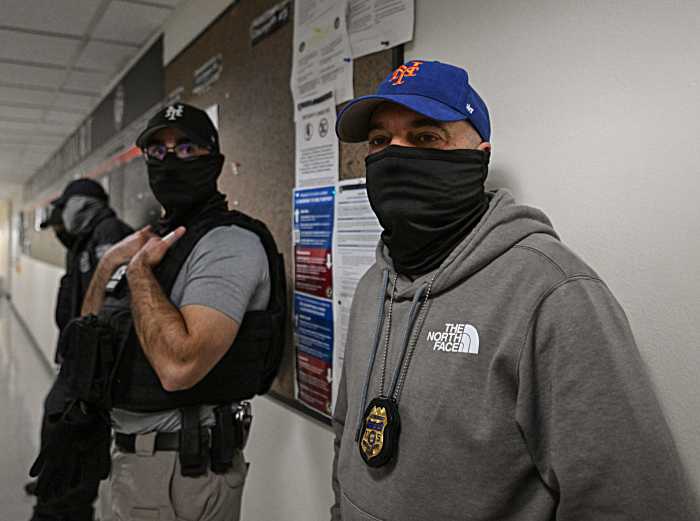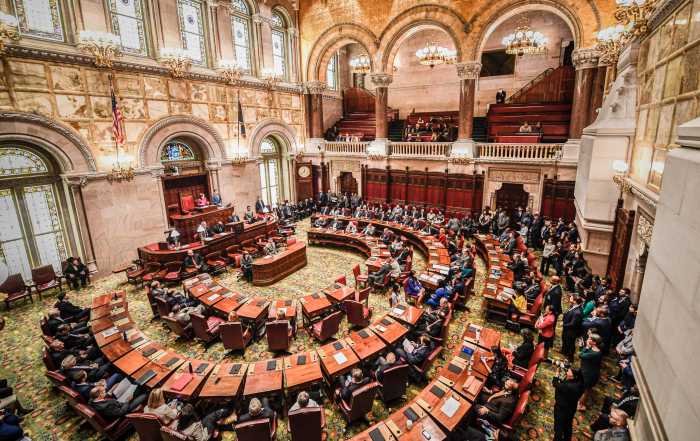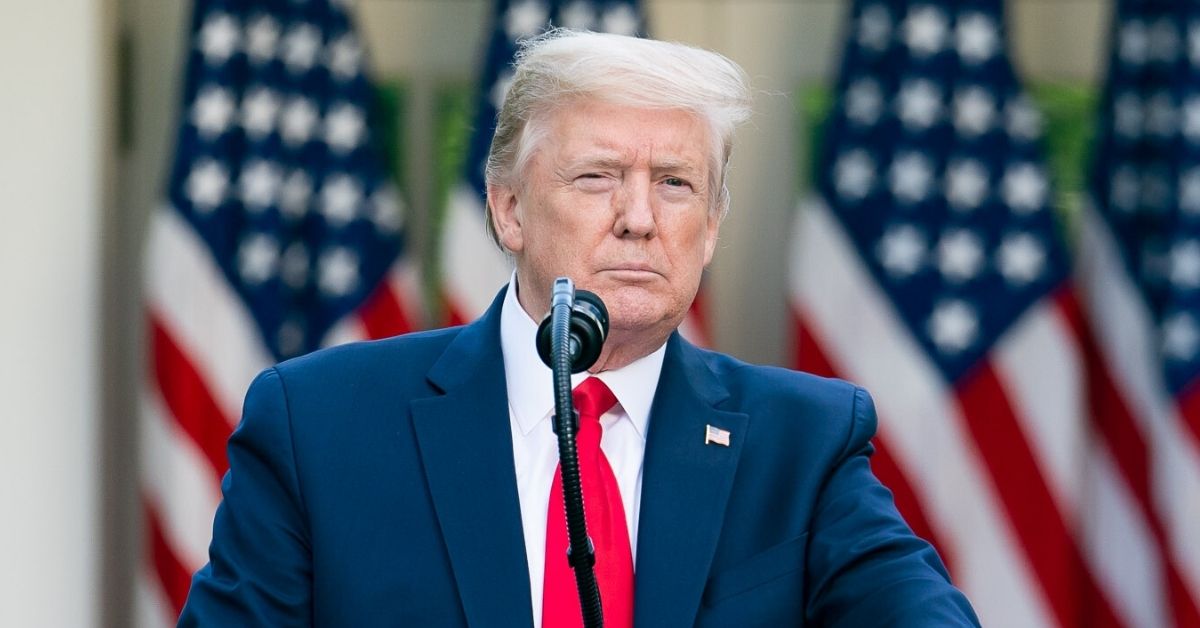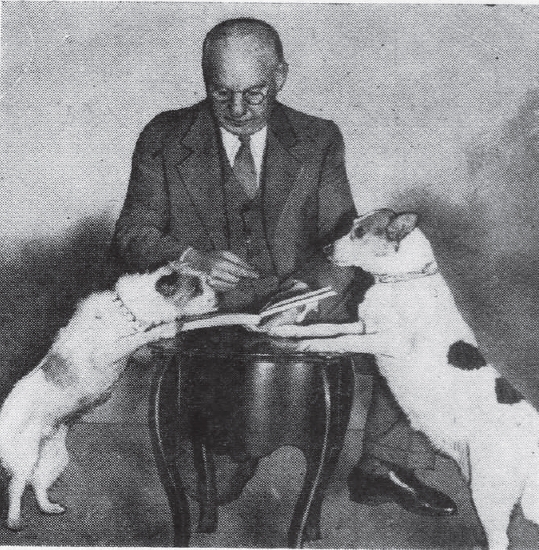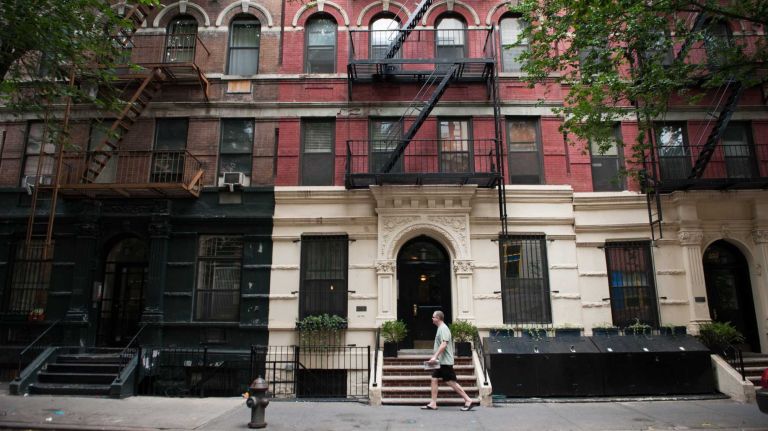
Mayor Bill de Blasio got to the heart of his vision for the city this week when he brought banking executives and city officials to the Bronx to announce a big-ticket plan to rehabilitate or build about 4,000 units of affordable housing in multifamily buildings around the city.
This time the mayor wasn’t touting the construction of affordable apartments in swanky new towers designed mainly for the well-heeled on old waterfront industrial sites in Williamsburg and Brooklyn Heights.
Instead he was mainly talking about rehabbing units in “the classic New York City apartment building” — those older multifamily structures with 20 to 100 units.
This is a critical step forward as the city struggles to make sure that New Yorkers of modest means aren’t shoved out of their homes because they reside in a town where rents are skyrocketing as incomes are declining.
Median apartment rents in the city jumped 75 percent between 2000 and 2012 — 31 percent more than in the rest of the country, says Comptroller Scott Stringer.
Meanwhile, median city incomes fell nearly 5 percent.
The mayor’s housing program will draw heavily on a $350-million credit program administered by the Community Preservation Corp., an affordable-housing nonprofit whose capital comes from Citigroup, Wells Fargo, Morgan Stanley, Deutsche Bank and Bank of America — as well as the New York City retirement systems.
“I want to make clear that this isn’t philanthropy,” said Michael Corbat, Citigroup’s chief exec. “This is a business decision, as well as an investment in our hometown.”
He got it right. This is an investment not just in people but in maintaining viable neighborhoods.
De Blasio’s goal is to rehabilitate 120,000 affordable apartments in all and to add 80,000 new ones.
If he succeeds, and if the units remain affordable, the city will be a far better place, where older people on fixed incomes can stay in their homes without being priced out, where younger people can live as they start their careers, and where moms and dads can raise their kids without fear the neighborhood will suddenly deteriorate.



